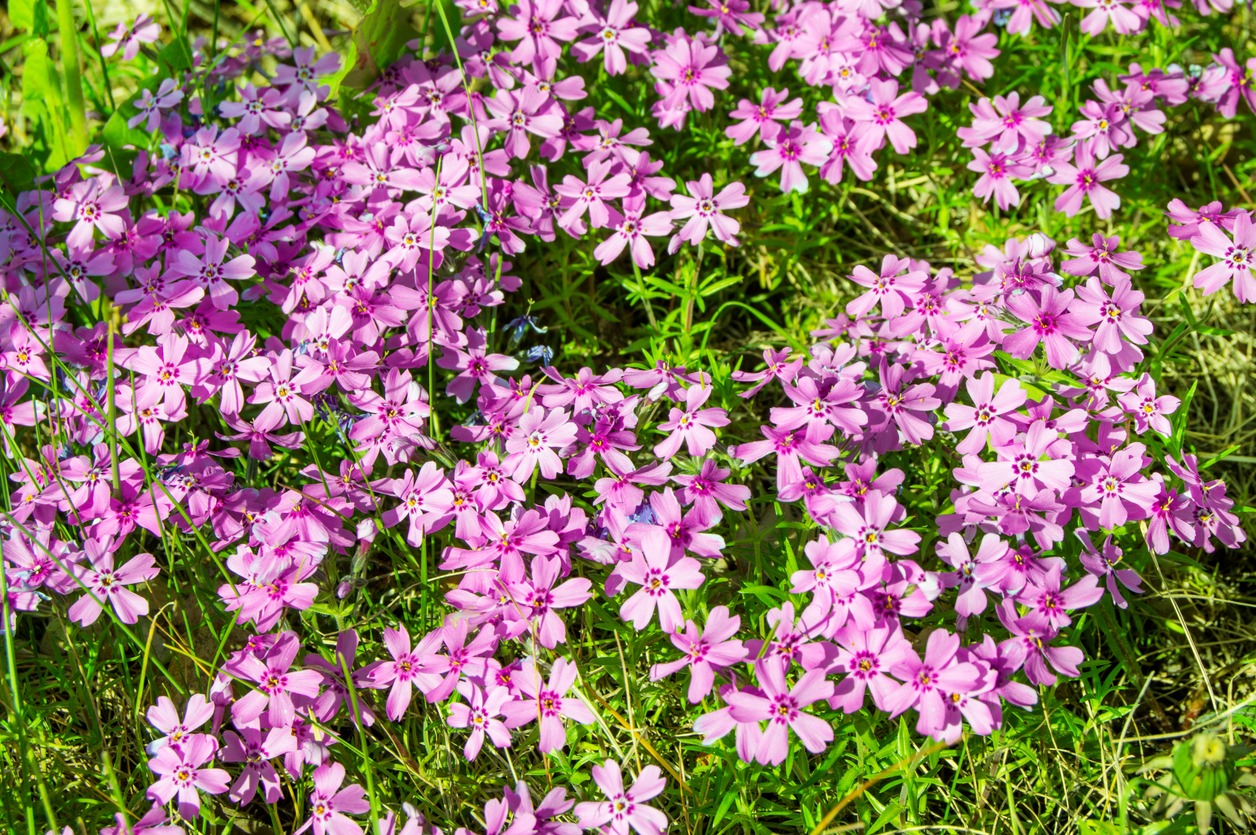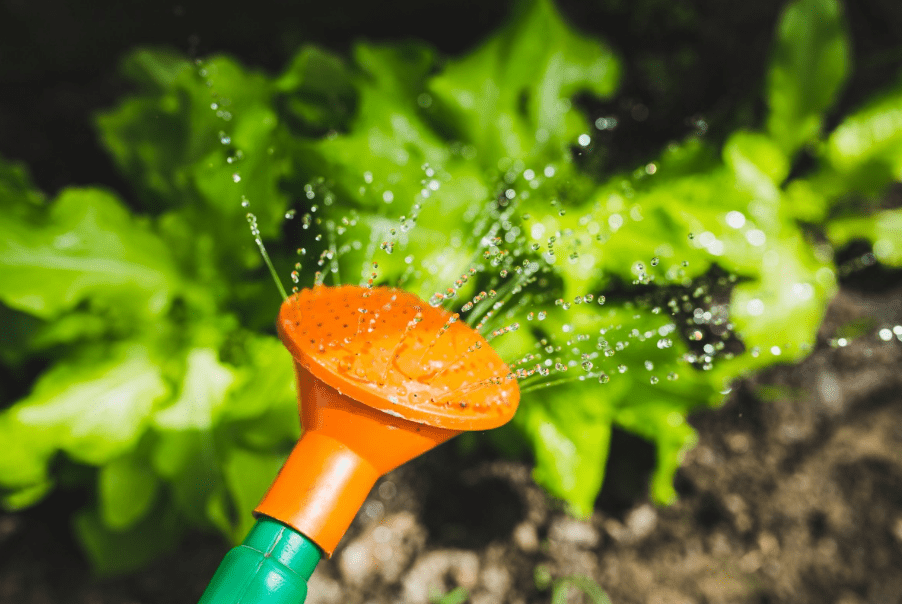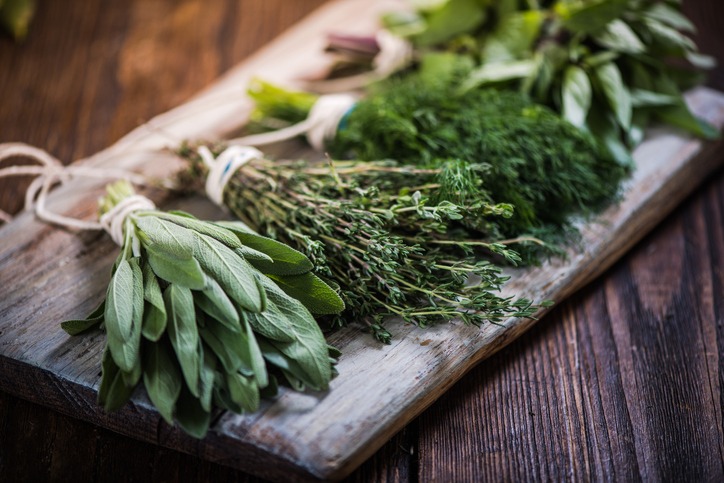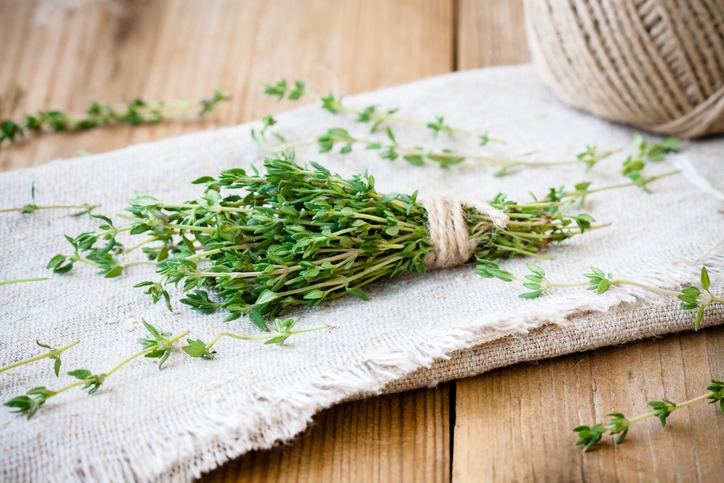Where to Plant Fruiting and Flowering Bushes for Maximum Yield
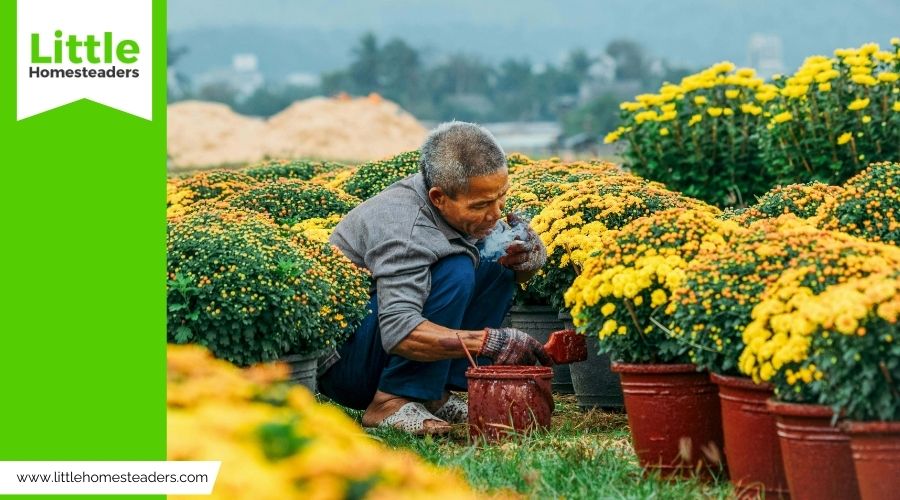
Planting fruiting and flowering bushes in the right spot is like setting the stage for a blockbuster performance—get the basics right, and your plants will reward you with a spectacular display of blooms and an abundance of fruit. Whether you're growing blueberries, raspberries, roses, or any other bush, understanding their specific needs and how to meet them is key to success.
Let's explore how to choose the perfect location to maximize the yield of your fruiting and flowering bushes, while keeping the process straightforward and rewarding.
Assessing Sunlight and Soil Conditions
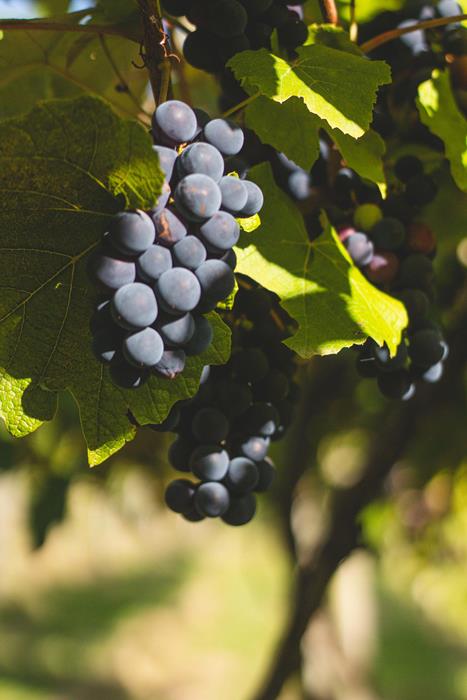
Sunlight
Most fruiting and flowering bushes are sun-lovers. They thrive in spots that soak up at least six hours of direct sunlight daily. Without enough sunlight, their growth slows, flowering diminishes, and fruit production suffers. Observe your yard throughout the day and pick a spot where the sun lingers longest.
If you live in a region with scorching summers, a little afternoon shade can protect your plants from heat stress. On the other hand, if you're in a cooler climate, prioritize full-sun exposure to make the most of your growing season. Consider using reflective surfaces like light-colored walls or fences to amplify sunlight in shadier areas.
Additionally, think about seasonal variations. Some areas that are sunny in summer might become shaded during winter due to tree canopies or building shadows. Keep these changes in mind when planning long-term plantings.
Soil
Healthy soil is just as important as sunlight. Your bushes need well-draining soil to avoid waterlogged roots. To check drainage, dig a small hole, fill it with water, and see how long it takes to empty. If water sits for hours, consider planting in raised beds or amending your soil with sand and compost.
Most fruiting and flowering bushes prefer a slightly acidic soil pH between 5.5 and 6.5. Blueberries, for instance, love acidic conditions, while roses are a bit more forgiving. A simple soil test kit from your local garden center can tell you your soil's pH, and amendments like sulfur or lime can adjust it as needed.
Beyond pH, soil texture and structure play a vital role. Sandy soils drain too quickly and may need organic matter to retain moisture, while clay soils can suffocate roots and require aeration. Compost and well-rotted manure can transform average soil into a rich, loamy haven for your plants.
Spacing for Optimal Growth
Why Spacing Matters
Imagine squeezing into a crowded elevator—not fun, right? Plants feel the same way when they're packed too closely together. Proper spacing ensures your bushes get enough air circulation, reducing the risk of diseases like powdery mildew. It also gives their roots room to grow and access nutrients.
General Spacing Guidelines
- Strawberries: 20-30 cm apart—these little plants don't mind cozying up, but give them enough space to spread their runners.
- Blueberries: 50 cm apart for smaller varieties; up to 1.5 m for larger ones.
- Raspberries and Blackberries: 40-60 cm apart. These spread through suckers, so watch out for them creeping into unwanted areas.
- Grapevines: 1.5 m apart. Grapes need room to stretch, both above and below ground.
- Currants and Gooseberries: 1.5 m apart to allow for their bushy growth.
For mixed planting, consider companion plants that won't compete for the same resources. Marigolds, for example, can deter pests, while clover helps fix nitrogen in the soil.
Additionally, pay attention to vertical space. Trellising can be a game-changer for vining plants like blackberries or grapes, helping you save ground space while promoting healthy growth. Use sturdy structures to support heavier plants and prevent overcrowding.
Considering Slope and Drainage
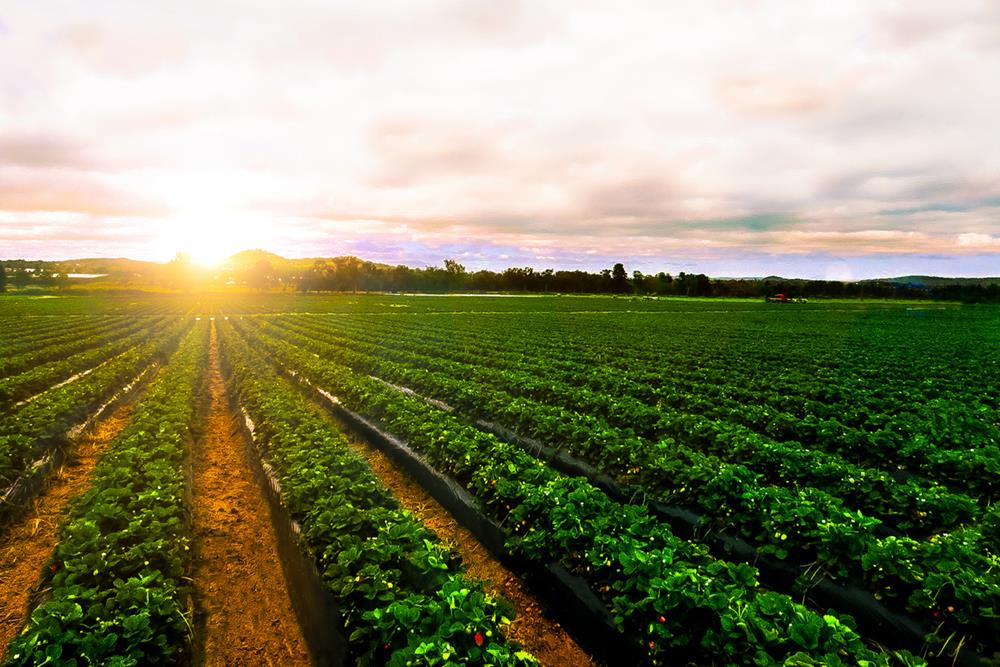
Why Terrain Matters
The terrain you choose can make or break your planting success. A gentle slope (5-10%) is ideal because it allows excess water to drain away while keeping roots hydrated. Flat or low-lying areas, on the other hand, can lead to waterlogging, which most bushes detest.
Best Practices for Slopes
- Midpoint Planting: On sloped land, avoid planting at the very bottom where cold air settles. The midpoint is often the sweet spot for warmth and drainage.
- Raised Beds for Flat Areas: If you're stuck with flat terrain or heavy clay soil, raised beds can improve drainage and soil quality. Fill them with a mix of compost, topsoil, and peat moss for a rich growing medium.
- Terracing Steeper Slopes: For hilly areas, terracing can create flat planting zones while preventing erosion.
Proper drainage doesn't just depend on the slope; soil preparation is equally crucial. Incorporate organic matter into the soil to enhance drainage, and consider installing French drains or trenches for particularly soggy areas.
Selecting the Right Rootstock
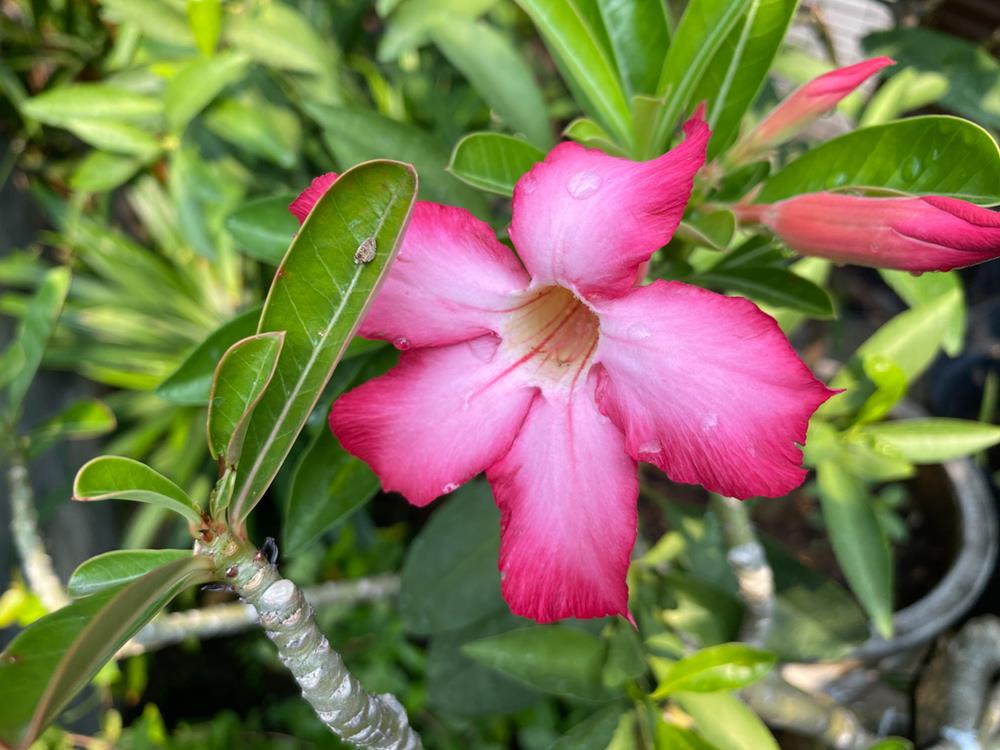
What Is Rootstock, and Why Does It Matter?
Rootstock is the foundation of your plant. It determines not only the size and vigor of your bushes but also their resistance to diseases and adaptability to local conditions. For instance, dwarf rootstocks produce smaller plants that are easier to manage, while vigorous rootstocks result in larger, more robust bushes.
Choosing the Best Rootstock
- Climate Compatibility: If you live in a cold region, look for rootstocks with high cold tolerance.
- Disease Resistance: Opt for varieties bred to resist common issues like Phytophthora or fire blight.
- Space Considerations: Dwarf rootstocks are perfect for small gardens, while larger yards can accommodate more vigorous plants.
Consider consulting local nurseries or agricultural extensions for advice on rootstocks best suited to your area. Matching the rootstock to your local soil and climate can make the difference between a thriving plant and one that struggles.
Adjusting Soil pH Levels
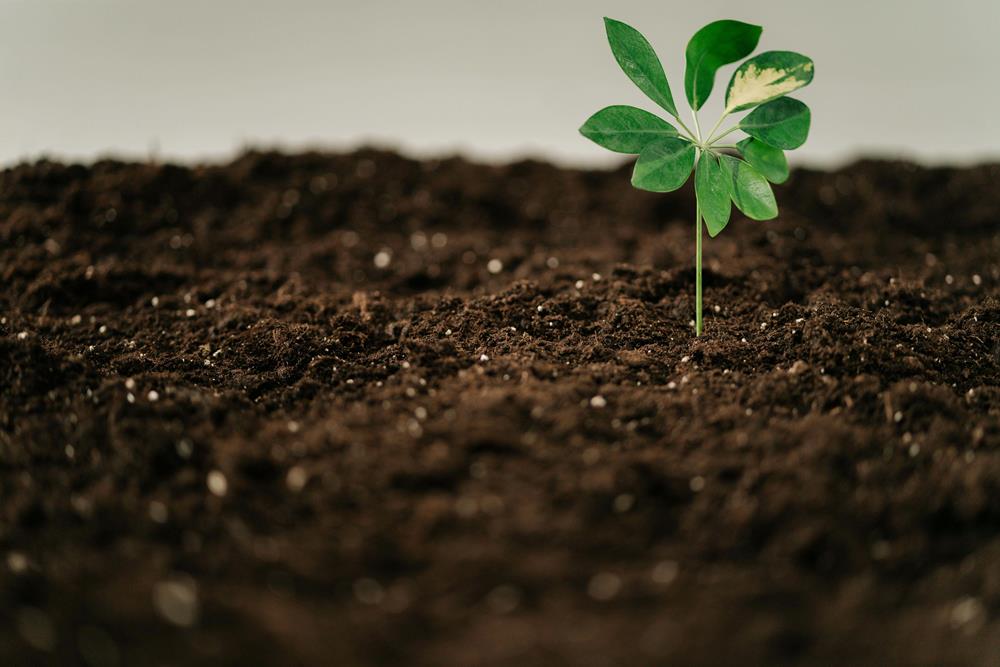
Testing and Amending Soil
Knowing your soil's pH is like checking your recipe before baking a cake. A soil test provides the information you need to create the perfect environment for your bushes. Most fruiting bushes thrive in slightly acidic soil, but blueberries demand a more acidic range (4.0-5.5).
To adjust pH:
- Lower pH: Add sulfur or sphagnum peat moss.
- Raise pH: Use lime or wood ash.
Make these amendments several months before planting, as it takes time for pH levels to stabilize.
Seasonal Maintenance
Don't forget to recheck your soil's pH every year or two, especially if you're growing pH-sensitive plants. Organic matter like compost can gradually alter soil pH, so periodic testing ensures you're staying on track.
Implementing Effective Weed Control
Weed-Free Zones
Weeds compete with your bushes for water, nutrients, and sunlight. To keep them at bay, create a 3-foot weed-free zone around each plant. Use a hoe or tiller to remove existing weeds, and cover the area with mulch.
Choosing the Right Mulch
Organic mulches like straw, shredded leaves, or wood chips work wonders. They suppress weeds, conserve soil moisture, and break down over time to enrich the soil. Keep the mulch a few inches away from the base of the plant to prevent rot.
Long-Term Maintenance
Stay vigilant. Pull out any weeds that sneak through your defenses promptly, and reapply mulch annually. For extra protection, consider ground covers like clover or living mulches that benefit the soil.
In larger gardens, you might also use weed barriers like landscape fabric beneath the mulch. These prevent weeds from emerging while allowing water and nutrients to reach the roots.
Conclusion
Getting the most out of your fruiting and flowering bushes starts with thoughtful planning. By understanding their sunlight, soil, and spacing needs—and giving them the right start—you'll set the stage for years of beauty and productivity.
Whether you're growing a small strawberry patch or a sprawling garden of berries and blooms, the effort you invest now will pay off in harvests and floral displays that make every minute worthwhile.

